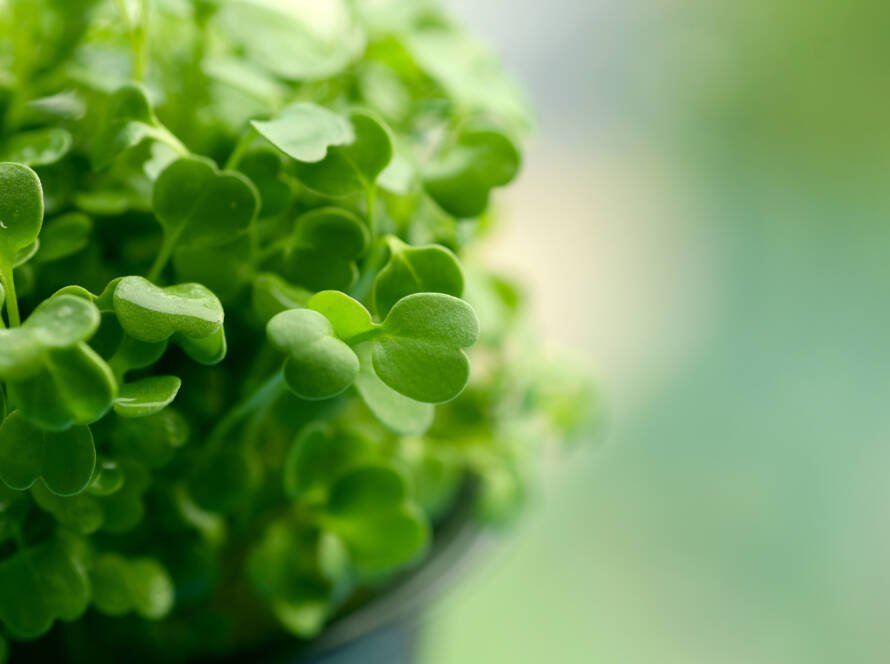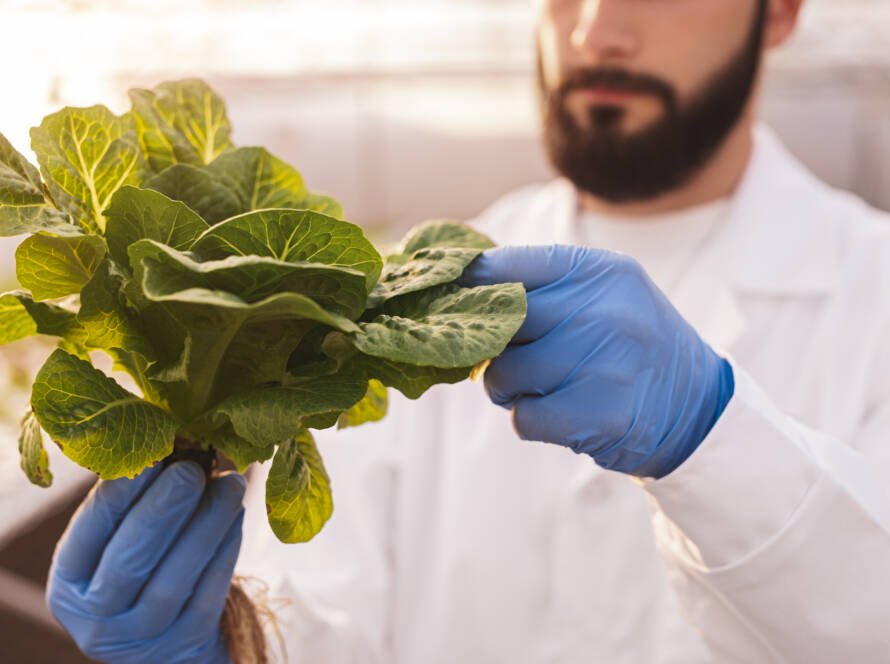The Kratky Method is a revolutionary approach to hydroponic gardening. Its simplicity, efficiency, and accessibility have made it a favorite for home gardeners, educators, and small-scale farmers alike. Whether you’re growing lettuce in your kitchen or teaching sustainable farming techniques to a new generation, this guide will cover everything you need to know about the Kratky Method, from setup and maintenance to comparisons with other systems and real-world applications.
In this guide, we’ll explore:
- How the Kratky Method works.
- Why it’s considered one of the easiest hydroponic systems.
- Its advantages and limitations compared to other methods.
- Applications in home, educational, and commercial settings.
- Technical details like lighting, nutrients, and pH management.
- Success stories from real-world growers.
Let’s dive into the fascinating world of hydroponics with the Kratky Method as your starting point!
Understanding the Kratky Method: How It Works
At its core, the Kratky Method eliminates the complexity associated with traditional hydroponics. Unlike active systems, which rely on pumps and aerators to circulate nutrient solutions and oxygenate plant roots, the Kratky Method is entirely passive.
Step-by-Step Overview
- Start with a container: A non-transparent container is filled with a nutrient solution.
- Suspend the plants: Plants are placed in net pots, which are partially submerged in the solution.
- Create an air gap: As the plants consume water and nutrients, the solution level drops, leaving an air gap that supplies oxygen to the roots.
- Let the system run: Once set up, the system requires little maintenance, apart from occasional nutrient monitoring and refilling.
This simplicity makes the Kratky Method ideal for beginners, hobbyists, and anyone seeking a low-maintenance gardening solution.
Advantages of the Kratky Method
1. No Moving Parts
The absence of pumps, timers, and aerators reduces the cost and complexity of the system.
2. Energy-Free Operation
Since it doesn’t rely on electricity, the Kratky Method is particularly useful in areas with unreliable power or for growers looking to minimize their carbon footprint.
3. Cost-Effective
Setting up a Kratky system requires minimal investment, making it accessible to people of all budgets.
4. Low Maintenance
Once set up, the system can run for weeks without intervention, making it perfect for busy individuals or those new to hydroponics.
5. Resource Efficiency
- Water Usage: Uses up to 90% less water than traditional soil gardening.
- Space Efficiency: Ideal for small spaces, as it allows for vertical gardening and compact setups.
In-Depth Comparison: Kratky Method vs. Other Hydroponic Systems
While the Kratky Method has many advantages, it’s not the only hydroponic system available. Here’s a closer look at how it compares to other popular methods:
| Feature | Kratky Method | NFT (Nutrient Film Technique) | DWC (Deep Water Culture) | Aeroponics |
|---|---|---|---|---|
| Cost | Low | Moderate | High | Very High |
| Setup Complexity | Easy | Moderate | Moderate | High |
| Electricity Needs | None | High | High | High |
| Maintenance | Minimal | Moderate | High | High |
| Ideal Crops | Leafy greens, herbs | All types | All types | High-value crops |
| Scalability | Limited | High | High | Moderate |
Key Takeaways
- The Kratky Method is ideal for beginners and hobbyists.
- Active systems like NFT and DWC offer better scalability and are suitable for commercial operations.
- Aeroponics is a high-tech alternative, best suited for high-value crops like medicinal plants or rare herbs.
Crops Best Suited for the Kratky Method
Certain crops perform exceptionally well in the Kratky Method, while others may require more advanced systems. Here’s a detailed look at which plants thrive and why.
1. Leafy Greens
- Examples: Lettuce, spinach, kale, arugula.
- Why They Work: These crops have shallow roots and grow quickly, making them perfect for the static nutrient solution.
- Growth Time: 25-40 days.
2. Herbs
- Examples: Basil, cilantro, parsley, mint.
- Why They Work: Herbs are low-maintenance and thrive in the controlled environment of a Kratky system.
- Growth Time: 20-30 days.
3. Fruiting Plants
- Examples: Cherry tomatoes, strawberries, peppers.
- Challenges: These plants require additional nutrients and may need structural support for optimal growth.
- Growth Time: 60-90 days.
4. Microgreens
- Examples: Radish, mustard, sunflower.
- Why They Work: Microgreens grow quickly and require minimal space, making them ideal for small Kratky setups.
- Growth Time: 7-14 days.
5. Exotic Crops
- Examples: Specialty herbs like Thai basil or medicinal plants.
- Why They Work: Kratky systems allow growers to experiment with unique crops without significant investment.
Efficiency: Breaking Down the Numbers
Water Usage
- Traditional gardening can use up to 10 times more water than hydroponics.
- A single Kratky setup for lettuce can use as little as 1 gallon of water for the entire growth cycle.
Space Savings
- Vertical Kratky systems allow growers to stack multiple containers in a small area, increasing yield per square foot.
- For example, a 4-square-foot space can produce up to 20 heads of lettuce in a vertical Kratky setup.
Growth Rates
- Lettuce grows 30-50% faster in hydroponics compared to soil due to the optimized nutrient delivery.
- Studies show that spinach grown in a Kratky system can reach harvest size in 30 days, compared to 45 days in traditional soil methods.
Technical Requirements for Optimal Growth
To maximize the effectiveness of your Kratky system, it’s essential to meet the following technical requirements:
1. Lighting
- Type: Full-spectrum LED grow lights are ideal for indoor setups.
- Intensity: 200-400 PPFD (Photosynthetic Photon Flux Density) for leafy greens; 400-700 PPFD for fruiting plants.
- Duration: Most plants require 12-16 hours of light per day.
2. Nutrients
- Type: A hydroponic nutrient mix with a balanced N-P-K ratio.
- EC Levels:
- Leafy Greens: 1.2-1.8 mS/cm.
- Fruiting Plants: 1.8-2.5 mS/cm.
- Frequency: Monitor and adjust nutrient levels weekly.
3. pH Levels
- Optimal Range: 5.5-6.5 for most crops.
- Testing: Use a digital pH meter for accurate readings.
- Adjustment: Add pH up or pH down solutions as needed.
4. Temperature and Humidity
- Ideal Temperature: 65-75°F for leafy greens; 70-80°F for fruiting plants.
- Humidity: 50-70%, depending on the crop.
Real-World Applications and Case Studies
1. Urban Balcony Gardening
- A New York City resident grew 20 heads of lettuce on a small balcony using DIY Kratky containers made from recycled buckets.
- Results: Saved over $100 in grocery costs in one season.
2. School Hydroponics Programs
- A middle school in Chicago introduced Kratky systems to teach sustainability. Students grew basil, which was later sold to local restaurants.
- Impact: The project raised $1,000 for school programs.
3. Small-Scale Farming
- A farmer in California used Kratky systems to grow cilantro for high-end restaurants.
- Output: Consistently produced high-quality herbs with minimal investment.
Common Challenges and Solutions
1. Algae Growth
- Cause: Light exposure to the nutrient solution.
- Solution: Use opaque containers and ensure lids fit tightly.
2. pH Imbalance
- Cause: Over time, nutrient uptake can alter pH levels.
- Solution: Test pH weekly and adjust with pH up/down solutions.
3. Root Rot
- Cause: Poor oxygenation or contamination.
- Solution: Ensure proper air gap and use clean, sanitized equipment.
4. Nutrient Deficiencies
- Cause: Insufficient or imbalanced nutrient solution.
- Solution: Use a high-quality hydroponic mix and monitor EC levels regularly.
Conclusion: Why the Kratky Method is Worth Trying
The Kratky Method is a game-changer for anyone interested in hydroponics. Its low cost, simplicity, and resource efficiency make it an excellent choice for beginners, while its versatility offers room for experimentation for seasoned growers.
Whether you’re growing fresh herbs for your kitchen, teaching kids about sustainability, or experimenting with high-value crops, the Kratky Method delivers impressive results with minimal effort. So, what are you waiting for? Dive into the world of passive hydroponics and experience the joy of growing your own food!


